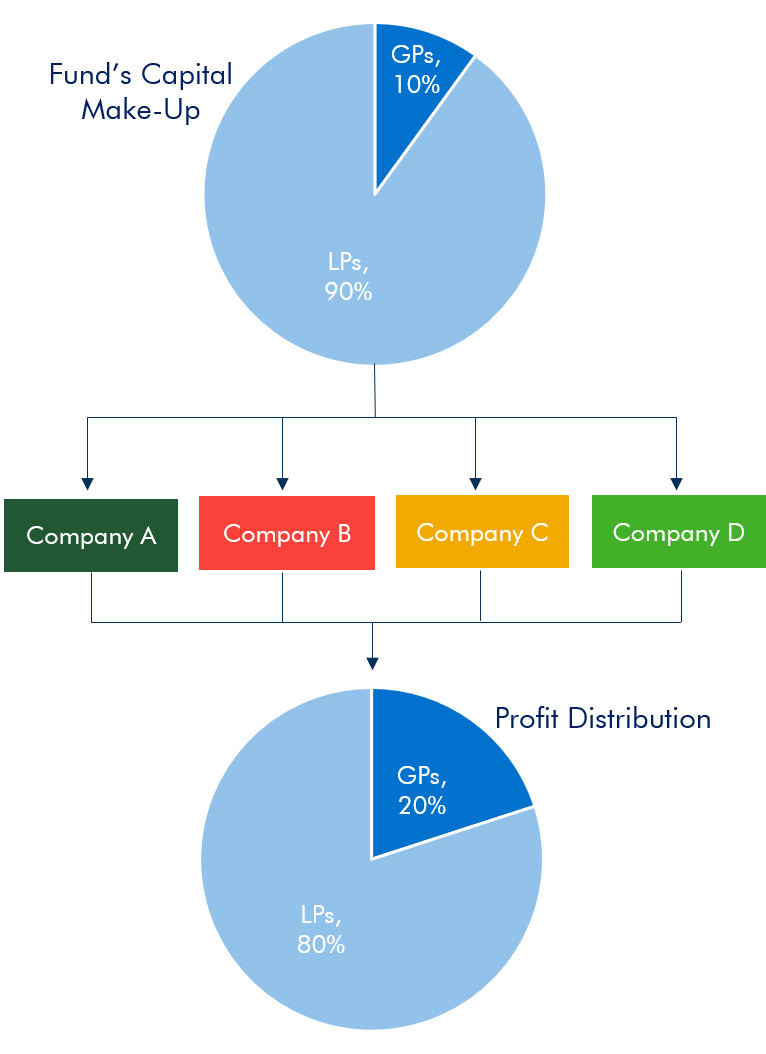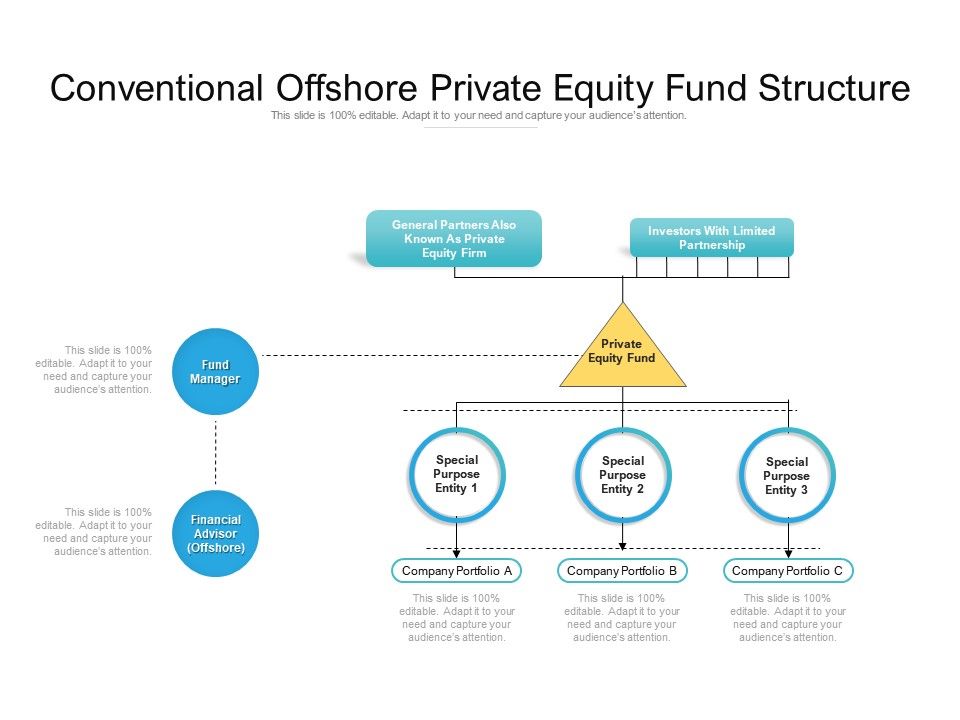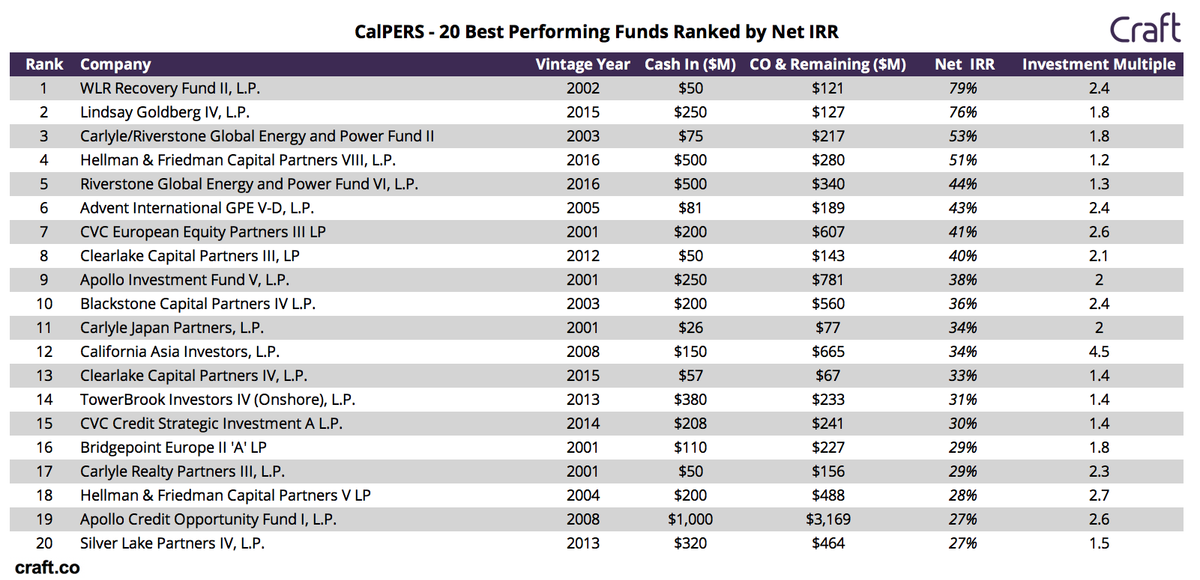Private Equity — Impact Engine
Private equity funds are liquidity pools of capital to be invested in business that represent an opportunity for a high rate of return. They include a set financial investment horizonReturn on Financial Investment (ROI), typically varying from 4 to 7 years, at which point the PE company hopes to profitably exit the financial investment.
2. Buyout or Leveraged Buyout (LBO)Contrary to VC funds, leveraged buyout funds purchase more fully grown businesses, normally taking a controlling interest. LBOLeveraged Buyout (LBO) funds use substantial amounts of utilize to enhance the rate of return. Buyout discovers tend to be considerably bigger in size than VC funds. Exit Considerations, There are multiple elements in play that impact the exit technique of a private equity fund.
Private Equity In United States: Market And Regulatory Overview
In regards to a wholesale exit from business, there can be a trade sale to another buyer, LBO by another private equity firm, or a share repurchase. In regards to a partial exit, there could be a private positioning, where another financier purchases a piece of the business. Another possibility is business restructuring, where external investors get included and increase their position in the business by partially obtaining the private equity firm`s stake.
To keep learning and advancing your career, the list below resources will be helpful:.
Private Equity Industry Overview – Street Of Walls
Looking into your household history with Ancestry!.?.!? PE-backed. However exactly what is private equity? A fundamental principle for anyone thinking about discovering aboutor working in a market tangential tothe private markets, this blog breaks down the basics of PE. What is private equity? Private equity (PE) is a kind of funding where money, or capital, is invested into a business.

PE is a significant subset of a larger, more complicated piece of the financial landscape called the personal markets. Private equity is an alternative possession class together with real estate, endeavor capital, distressed securities and more. Alternative asset classes are considered less standard equity financial investments, which indicates they are not as quickly accessed as stocks and bonds in the public markets.
Private Equity Services – Ss&c Technologies
What is a private equity fund? To buy a company, private equity investors raise liquidity pools of capital from restricted partners to form a fundalso known as a private equity fund. Once they`ve struck their fundraising objective, they close the fund and invest that capital into promising companies. Both private equity funds and hedge funds are limited to certified financiers.
And shared funds are just enabled to collect management fees, whereas PE funds can gather performance charges, which is discussed more listed below. How do private equity firms make money? PE funds gather both management and performance costs. These can differ from fund to fund, however the. Calculated as a portion of assets under management or AUM, typically around 2%.
Private Equity Funds – Financial Dictionary


Calculated as a percentage of the make money from investing, typically around 20%. These charges are planned to incentivize higher returns and are paid to employees to reward their success. How does private equity work? To purchase a company, private equity investors raise liquidity pools of capital from restricted partners to form the fund.
When a PE firm offers one of its portfolio business to another business or investor, the firm generally makes an earnings and distributes returns to the minimal partners that purchased its fund. New Book From Tyler Tysdal Some personal equity-backed companies may likewise go public. What are some examples of private equity firms? The Blackstone Group Headquartered in New York City, the financial investment company buys PE, real estate and more.
View this post on Instagram
What Are Private Equity Funds? – Definition From Divestopedia
So, VC is a type of private equity. Here are some extra differences in between PE and VC. Private equity PE firms frequently purchase mature businesses in conventional markets. Using capital committed from LPs, PE investors buy promising companiestypically taking a majority stake (> 50%). When a PE firm sells one of its portfolio companies to another business or investor, returns are distributed to the PE investors and to the LPs.
Endeavor capital VC firms frequently invest in tech-focused start-ups and other young business in their seed. Utilizing dedicated capital, VC investors typically take a minority stake (